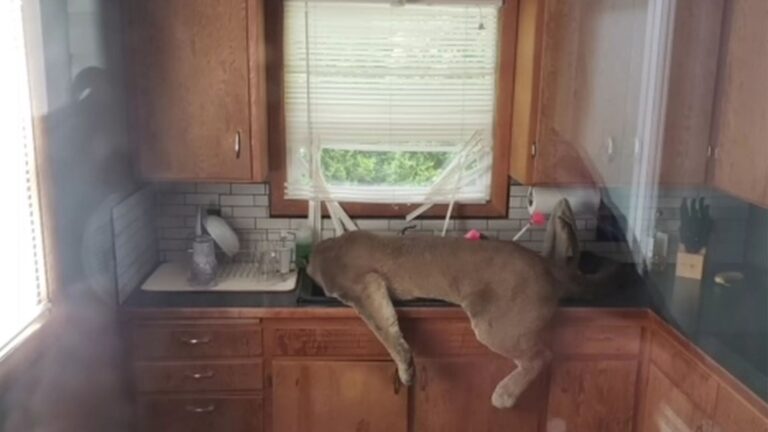5 Steps How To Find A Lost Cat

Every cat parent understands that sinking feeling when their feline friend goes missing. Well, cats are meowsters of hiding, and sometimes they’re just having a playful tease.
However, there are occasions when our beloved cats genuinely get lost, and that’s when we need to step in to find them and bring them home safely.
But, how to find a lost cat? In this guide, I’ll walk you through the steps to help you find your cat.
Friendly reminder: Every cat parent should know which steps to take to find their lost cat. It can happen to anyone!
Step 1: Search Your House

If you can’t find your feline friend, make sure you don’t panic! Instead, start by searching every nook and cranny of your home.
Most indoor cats have favorite hiding spots they retreat to when frightened or desiring solitude. In my case, those spots are behind the couch or wardrobes.
If you still can’t find your cat, try opening your cat’s favorite food or shaking the food bag loudly to lure them out. If your cat remains elusive, proceed to step 2.
Step 2: Check The Neighborhood

If you can’t find your furry companion, maybe it’s just somewhere near the house. In that case, you should try calling your cat’s name and searching around your house and the neighborhood.
It’s also a good idea to talk to your neighbors, as someone might have spotted your cat or have security cameras that captured its whereabouts.
Most cat parents who already dealt with this situation shared their hacks, such as shaking your cat’s favorite food again. One Instagram user shared:
“Spreading the litterbox outside is great, as well as hanging your clothes outside. (Especially clothes that you have used at the gym or for physical work.)”
Cats have a strong sense of smell and can use these scents to find their way home. Some parents recommend calling out for their cats during the night when traffic is minimal.
Others recommend leaving the garage or pet door open, allowing your cat to return home when it’s ready.
Step 3: Update The Cat’s Microchip

Microchipping is one of the best things to do for your cat’s safety. Microchips are safe, easy to implant, effective, and won’t put your cat at risk of injury.
Thanks to microchips, cats can be easily identified and returned to their families if lost or stolen. Just make sure your contact information in the microchip database is up-to-date.
Step 4: Use Posters Or Social Media

Creating posters of your missing cat with easily readable fonts and attention-grabbing colors and placing them around your neighborhood or town can be effective.
However, some cats may wander miles and miles away from their home. In that case, consider sharing a post on social media platforms like Instagram or Facebook, particularly in pet-related groups.
Step 5: Check The Shelter

If none of the above don’t succeed, and your cat isn’t microchipped, consider visiting an animal shelter.
Most people who find cats and kittens on the street, assume they’re abandoned, and take them to shelters.
Who knows, your feline friend might be waiting for you among these abandoned cats. If your cat is microchipped, then the shelter will probably contact you right away.
Final Words
In conclusion, these are the crucial steps to take when searching for a lost cat. While we hope you never need to use this guide, it’s always beneficial to be prepared and know how to help our feline companions when they’re in danger!






